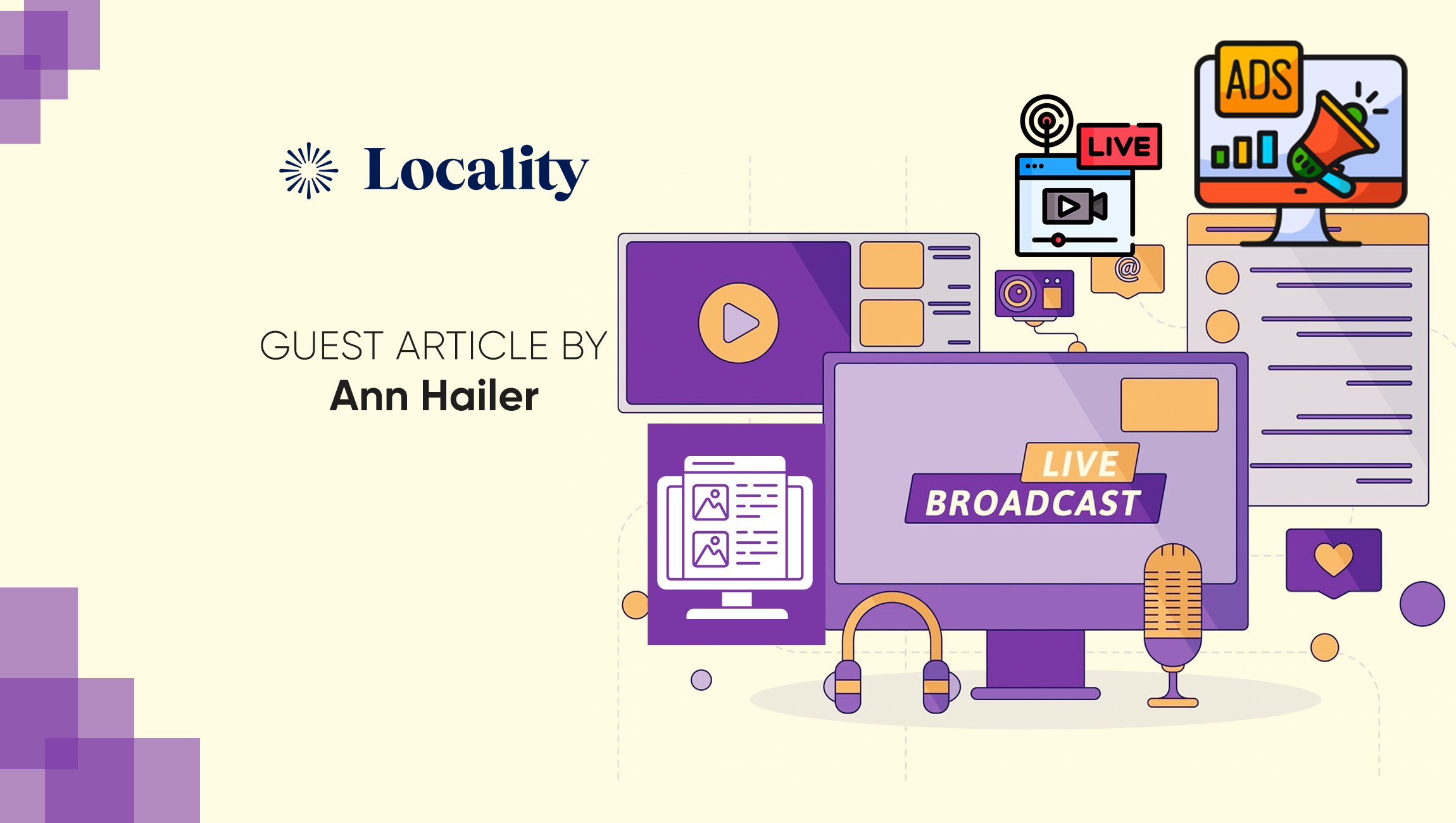In the past decade, the media landscape has undergone a seismic shift, with the rise of digital and streaming platforms reshaping how audiences consume content. This evolution has left many wondering about the future of traditional media, particularly local broadcast advertising. However, far from being overshadowed by these digital giants, local broadcast remains a powerful tool for advertisers—especially when adapting to the changing environment and integrating with digital strategies.
The Enduring Strength of Local Broadcast
Local broadcast has long been the backbone of community engagement. Its ability to reach vast, geographically targeted audiences makes it uniquely effective in delivering messages that resonate on a personal level. The local nature of this medium allows brands to tailor their messages to specific communities, creating a sense of relevance and connection that national campaigns often struggle to achieve.
One of the most significant advantages of local broadcast advertising is its unparalleled reach. This is particularly true for live events, such as local news, sports, and community programming, which consistently draw large audiences. According to a recent GfK TVB Media Comparisons Study, broadcast TV reaches 80% of all adults age 18+ and viewers spend, on average, 3 hours and 46 minutes daily with this platform—the highest reach and time spent of all measured media platforms, including Cable TV. The immediacy and trustworthiness associated with local broadcasters further amplifies the impact of advertisements, making them more memorable and effective.
Marketing Technology News: MarTech Interview with Adam Brotman, Co-Founder and Co-Ceo @ Forum3
Adapting to the Digital Age
While the power of local broadcast is undeniable, the rise of digital and streaming platforms cannot be ignored. These platforms offer precise targeting capabilities and the ability to reach consumers across multiple devices, which are essential in today’s fragmented media environment. However, rather than viewing digital as a threat, local broadcasters have embraced it as an opportunity to extend their reach and enhance their offerings. By leveraging digital extensions, broadcasters can drive viewers from traditional TV to online platforms, where they can engage with additional content, and vice versa.
Brands can and should use this two-way platform cross-promotion of broadcasters’ content as an opportunity. Digital ad campaigns can create a dynamic interaction between the two mediums. This cross-pollination not only increases the overall reach of a campaign but also ensures that brands remain top-of-mind across different touchpoints—meeting local viewers wherever they’re engaging with broadcasters’ content and aligning with trusted locally focused content everywhere.
Moreover, the data and technology available today enable us to measure the impact of these integrated campaigns more effectively. Advanced analytics provide insights into audience behavior, allowing us to optimize campaigns in real time. This capability is crucial in a world where consumer preferences can change rapidly, and brands need to be agile in their approach.
The Unique Value of Geotargeting at Scale
Local broadcast’s ability to geotarget with the largest reach is one of its most compelling features. By delivering messages based on geographic location, at scale, brands can ensure that advertisements are impactful and relevant to the audience’s immediate environment. This hyper-local approach is particularly valuable for businesses that operate in specific markets or regions.
For example, a national retailer with locations across multiple states can use local broadcast to tailor its message to each community, highlighting promotions or products that are most relevant to that area. This level of customization is difficult to achieve with national campaigns, making local broadcast an essential tool for brands looking to engage with local consumers in a meaningful way.
Furthermore, the trust and credibility associated with local broadcasters enhance the effectiveness of geotargeted ads. Viewers are more likely to respond to a message aligned within content that includes familiar and trusted voices within their community, such as local news and sports, which can significantly boost ad recall and conversion rates.
Leveraging Data and Technology for Greater Impact
As we navigate this evolving media landscape, the role of data and technology in local broadcast advertising has become increasingly important. As a local TV solutions provider, we are committed to harnessing the power of these tools to maximize the impact of our clients’ campaigns.
One of the key challenges in local advertising has traditionally been the complexity of buying and executing campaigns across multiple markets. However, advancements in technology have made it possible to streamline this process, making it easier for advertisers to scale their efforts. By leveraging automated buying platforms and data-driven insights, we can help brands reach their target audiences more efficiently and effectively.
Additionally, the integration of first-party data and Automatic Content Recognition (ACR) data allows us to gain a deeper understanding of how audiences interact with both broadcast and digital content. This holistic view enables us to fine-tune campaigns, ensuring that they deliver the right message to the right audience at the right time.
Looking Ahead: The Future of Local Broadcast
The future of local broadcast advertising lies in its ability to adapt and evolve with the changing media landscape. By embracing digital integration, leveraging data-driven insights, and maintaining a strong connection with local communities, broadcasters can continue to deliver significant value to advertisers.
The combination of local broadcast and digital strategies offers a powerful way to reach and engage audiences. As the media environment continues to evolve, we are committed to staying at the forefront of these changes, ensuring that our clients can capitalize on the opportunities presented by this dynamic landscape.
In conclusion, while the media landscape may be changing, the core strengths of local broadcast—its reach, relevance, and ability to connect with communities—remain as vital as ever. By integrating these strengths with the precision of digital technology, local broadcast advertising is not just surviving but thriving in today’s media landscape.
Marketing Technology News: Content Myths Busted: The Rise of Content Operations











